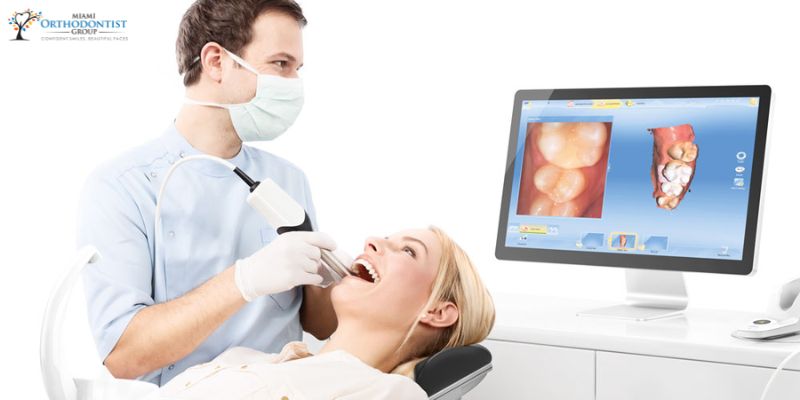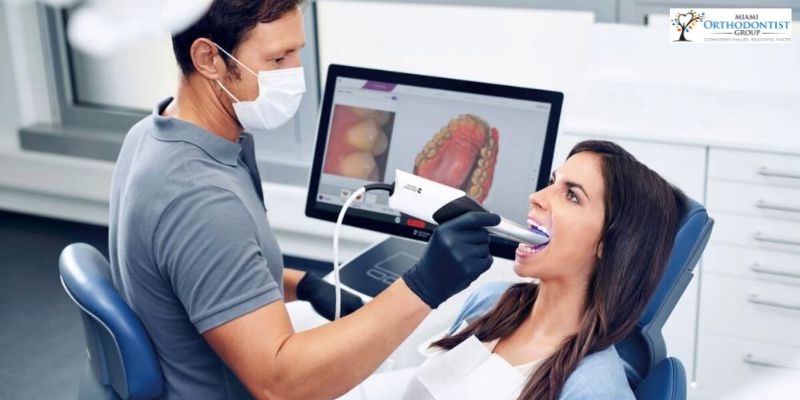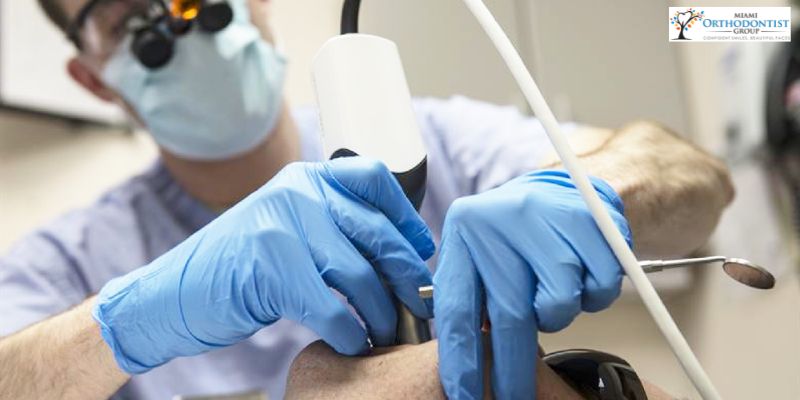The wide range of digital appliances available to implant dentists, cosmetic dentists, general dentists, and orthodontists has significantly extended. This improvement technology provides patients with more conventional solutions that beat the traditional options when solving dental problems.
Some dentistry technologies available as digitizers include radiography, computerized, and electronic digitizers. Surgical guides depend on digital technology, such as impressions and implant placements.
Nowadays, many dental experts see that they utilize all proven digital techniques while practicing dentistry to help them offer more modernized dental treatment to patients. One thing about digital technology is that performances are more delicate, effective, efficient, and convenient. You can learn many more things about this rise in dental technology as you read further.
What Is Digital Dentistry?

Digital dentistry talks about many areas of dental technology as it involves digital-based devices like software solutions and hardware components. Digital technology allows a dental expert to offer treatment to patients using computer-aided apparatus.
For instance, the current level of technology in dentistry, including digital scanning, permits dental professionals in diagnostic performances, taking impressions, and planning treatment while excluding mechanical devices.
Also, the digital approach to dentistry for diagnostic laboratories, including design software and impression scanners, is relevant for speed when molding dental products or processing them. Digital dentistry helps in reducing manual work.
Digital technology for dental purposes is widely and readily available for laboratory and clinical use, and they have a vast range of functions and purposes. Scanning, milling or 3D printing, Imaging, and digital design are all self-developed technologies. But they work together for design, treatment planning, and treatment delivery.
What Does CAD/CAM Do in Digital Dentistry?

CAD or Computer-Aided Designs and CAM or computer-Aided Manufacturing technologies are software solutions professionals use in dentistry. However, engineers also use these software programs in the automotive field.
CAM and CAD initially and technically focus on the manufacturing and design stages of technology; in the dental field, the process deals with everything concerning dental technology, from intraoral scanning to setting up a computerized design, printing or milling, and carrying out dental work in the mouth.
It takes little time for your dentist to work using CAM or CAD. Therefore, the process can be as quick as 30 to 40 minutes. With this, you can easily have a successful treatment through a single visit.
According to a survey, it is pointed out that CAD or CAM software solutions like dental design and oral scanning can improve treatment accuracy, speed, and effectiveness. They are also affordable and reduce patients’ stress.
Are There Digital Orthodontic Treatments?
Treating malocclusion is now easier with the new level of technology as orthodontic specialists can now handle misaligned bites, jaw problems, and mal-positioned teeth through digitized orthodontic care.
Digital treatment is possible without the standard panoramic X-ray and traditional methods of teeth realignment that might not still produce accurate results. However, digital orthodontics involves using impressions, a process done by using digital dental scanners.
When receiving treatments through digital orthodontics, your dentist uses a 3D digital visualization to design an accurate and detailed mold of your teeth from all angles. With digital technology, a professional can select the best positions for clear aligners, retainers, braces, or other orthodontic appliances.
What Benefits Does Digital Technology Offer in Dentistry?
1. Digital Dentistry Is Cost-Effective
Digital technology in dentistry can help a dentist to save more on getting impression appliances and conveying the materials needed for treatment by using digital means instead. Similarly, patients will not pay for materials and time they never used. Digital dentistry includes more planning, proper treatment, and improved software solutions that support excellent treatment design and precision.
2. Digital Dentistry Saves Time
Digital dentistry permits a dentist to perform a faster treatment, allowing a patient to spend less time during treatment. This means that a patient can complete treatment during a single session.
3. Patients Are More Engaged During Treatment
With digital dental technology, professionals can show their patients the steps to their treatment results up to the final stage. Therefore, when using a dental design procedure, the dentist can engage a patient in dialogue to know their expectations. With this, the dentist can adjust to match the patient’s treatment desire, especially if it concerns the treatment period and aesthetics.
4. Space-Saving
Most patients need to learn that the dentist can help them preserve their physical impressions in the dental clinic. Some countries include space saving in their regulations. Through digital impression technology, dental clinics can use a single computer to store different kinds of teeth models and back them up in the cloud. This is better than having a physical store full of orthodontic appliances.
5. Digital Dental Technology Reduces Gag-Reflex
Dentists using the old-fashioned dental treatment methods often have patients reporting cases like teeth hypersensitivity or gag reflex. However, when a dentist uses digital impressions, the discomfort will not occur.
6. Entertainment
With digital pediatric dentistry, kids can have a more relaxing and less stressful dental procedure. Dental technology of 3D images can appear to children on the monitor like video games. This might feel entertaining even though they know they are fixing their oral problem.
7. Openness
With digital technology, a dentist can save information in a Standard Triangulation Language or STL format and adjust the information later by opening the 3D imaging system. Also, this improvement enables patients to independently bring their diagnostic or treatment results to a desired dental clinic.
Conclusion
Digitalization technology in dentistry started over four decades ago. But it was limited to adoption until the recent rise in adaptive technology. With this new change, dental experts are investing more in technological digital equipment, and dentistry will expand digitally in the few years ahead.
While digital technology in dentistry helps a dentist to improve speed, accuracy, and efficiency in treatment, it also advances a patient’s confidence, convenience, and interaction.


